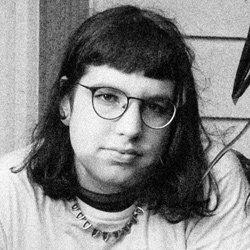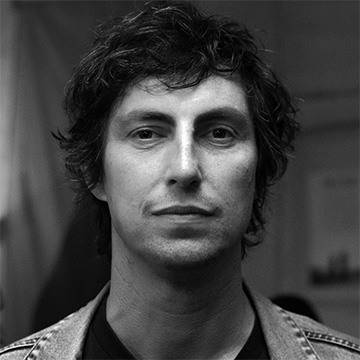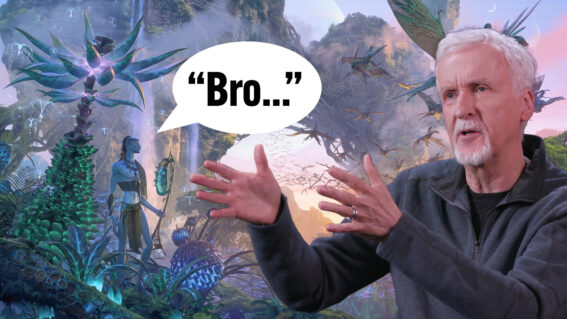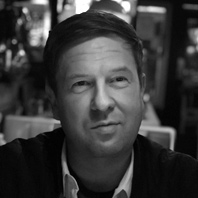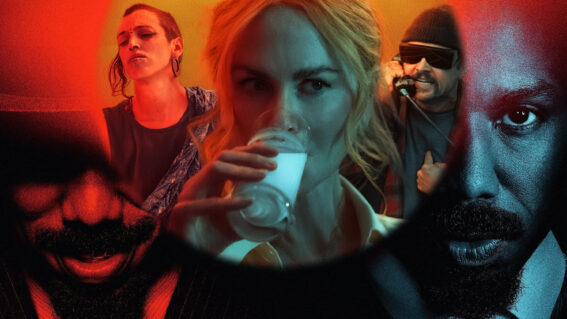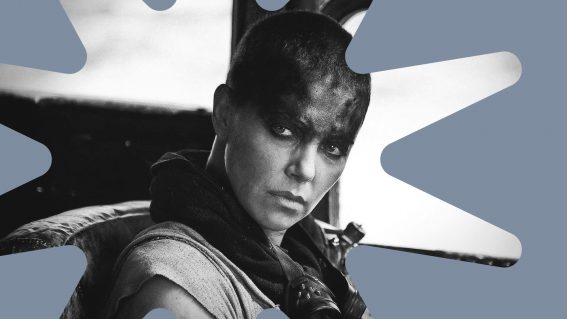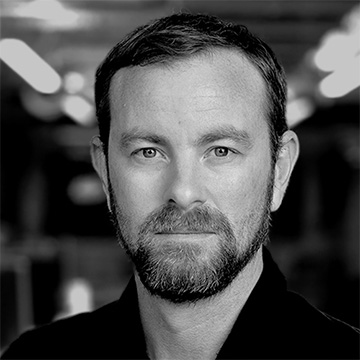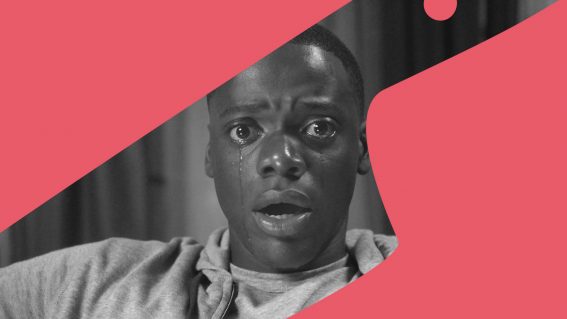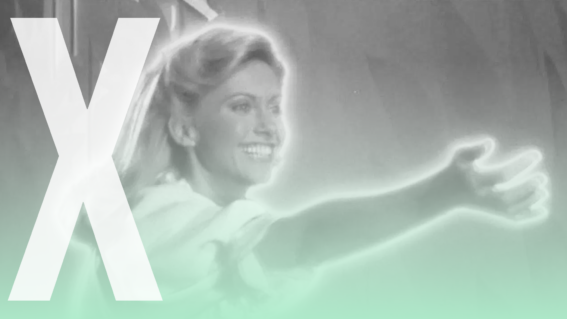If you can see Gaylene Preston’s Grace: A Prayer for Peace on a big screen, you absolutely must
It’s a rare thing to have two official Dames work together – rarer still for those two Dames to be two of Aotearoa’s greatest artists. Gaylene Preston’s new doco on artist Robin White returns to cinemas on limited release.
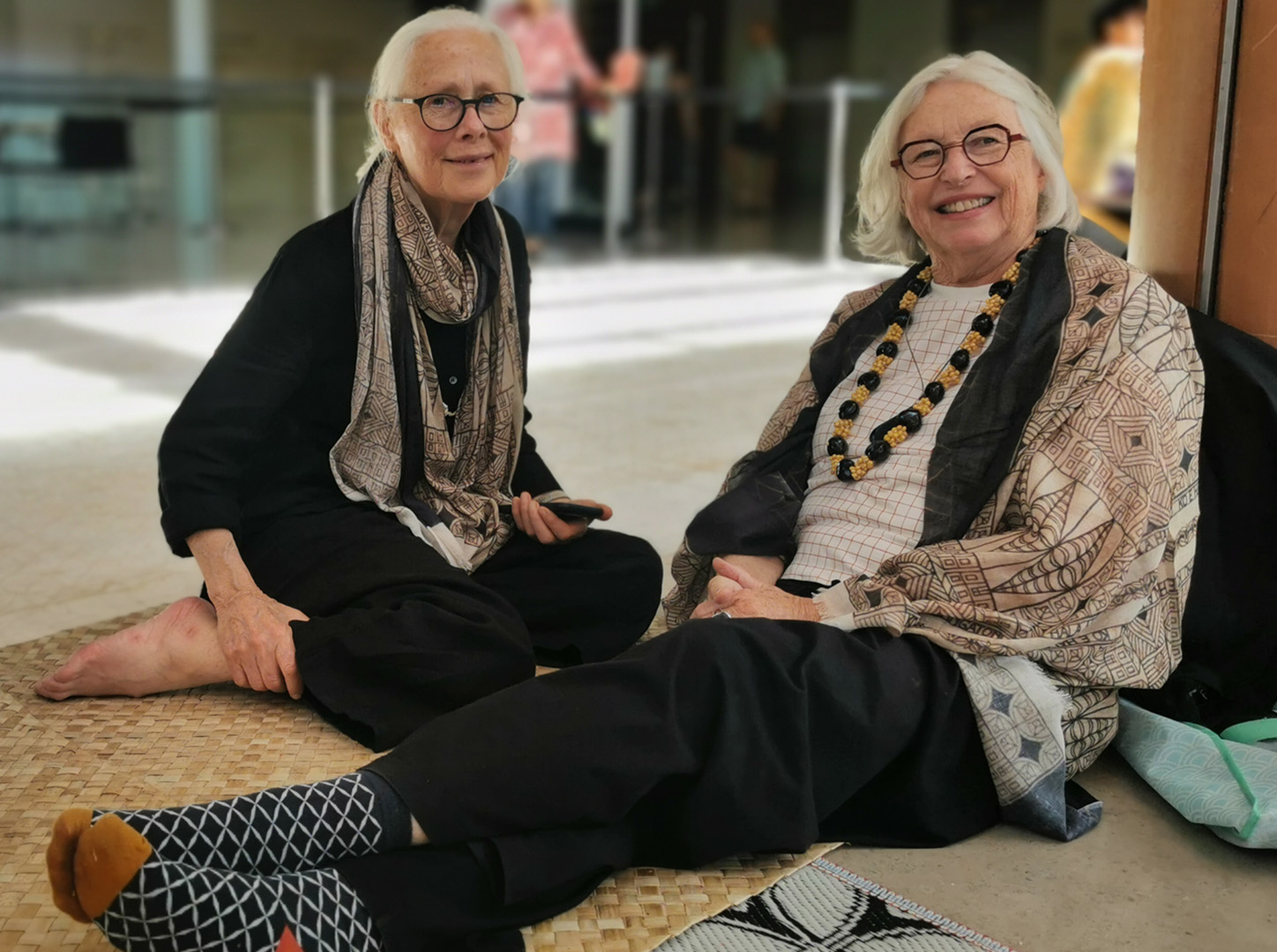
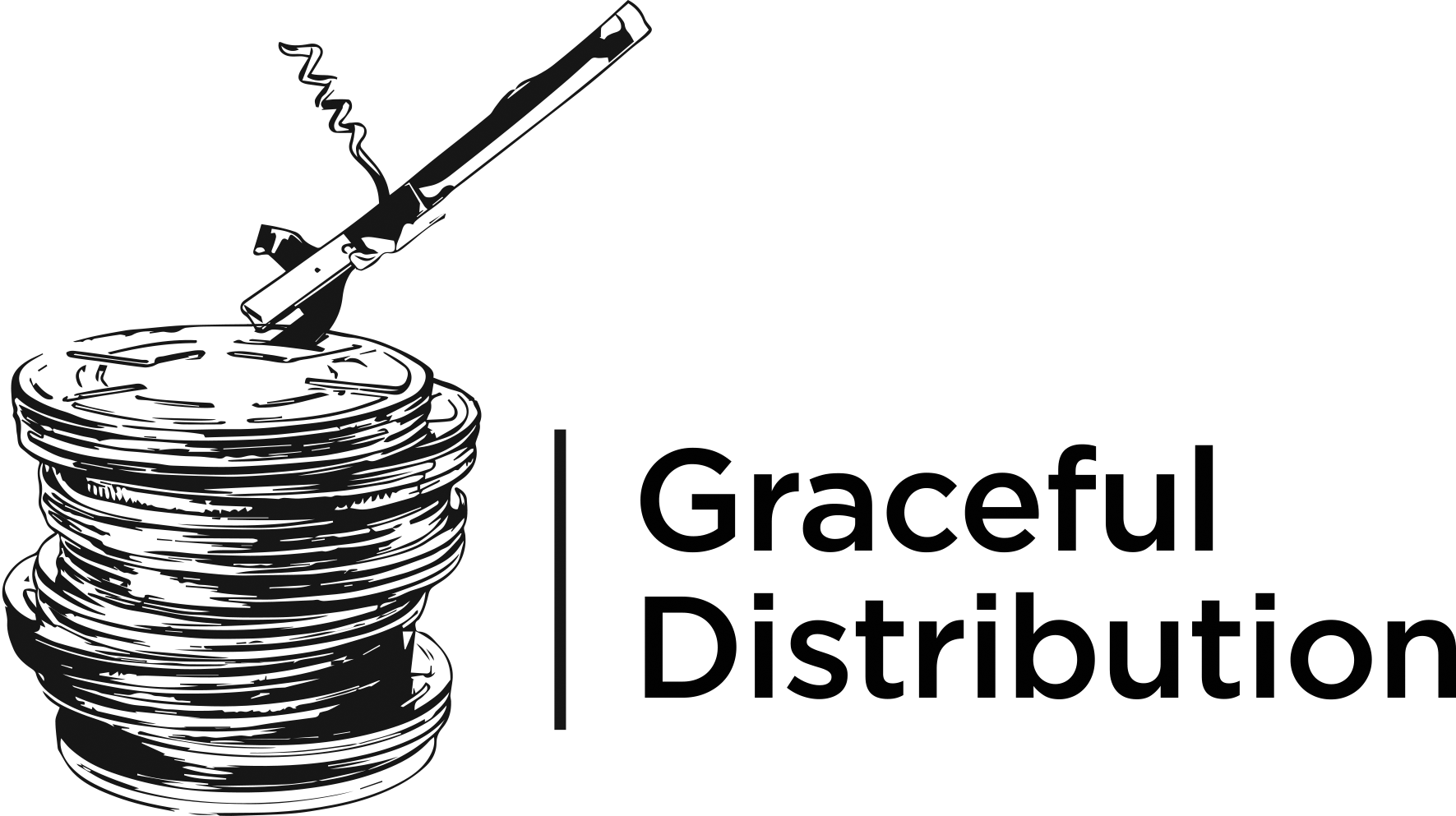
Legendary New Zealand filmmaker Gaylene Preston’s latest is back in cinemas after premiering at NZIFF. Grace: A Prayer for Peace feels like the culmination of two threads in Preston’s documentary work – quiet studies of the great New Zealand artist and a fascination with how the domestic intersects with war, politics, and death – says Amelia Berry.
You might not know the name ‘Robin White’, but you definitely know her art. White’s early pieces—a warmer, more intimate take on the New Zealand Regionalism of Rita Angus and Doris Lusk—have become some of Aotearoa’s favourite paintings. Works like ‘Mere and Siulolovao, Otago Peninsula’ and especially ‘Fish and Chips, Maketu’ speak to a kind of essential, comfortable New Zealand-ness.
But Robin White’s (Ngāti Awa) career as an artist goes far beyond those bright, clean 1970s classics. Woven from pandanus leaves and painted on the back of old wallpaper, White’s complex and varied work in the decades since presents a more conflicted, contemplative, and quietly radical vision of life in Aotearoa.
Now, in her new documentary Grace: A Prayer for Peace, legendary New Zealand filmmaker Gaylene Preston takes a closer look at White’s work, life, and legacy.
Premiering at this year’s New Zealand International Film Festival, Grace is one half of Preston’s ‘War & Peace’ double-act alongside her poignant 1995 documentary War Stories Our Mothers Never Told Us.
For viewers familiar with the brilliant Gaylene Preston Collection at NZ on Screen, this subject matter should come as no surprise. In many ways, Grace: A Prayer for Peace feels like the culmination of two threads in Preston’s documentary work—the quiet studies of the great New Zealand artist (Hone Tuwhare, Rita Angus etc.) and the fascination with how the domestic intersects with war, politics, and death.
Grace centres itself around Auckland Art Gallery’s 2022 exhibition “Robin White: Te Whanaketanga | Something is Happening Here”, with White talking through her works to build out a rough biography. A child in Epsom, haunted by nightmares of nuclear annihilation. In the early 80s, drawn by her Bahá’í faith to move with her husband to Kiribati. In 1999, now living in Masterton, White grapples with the historic mistreatment of prisoners of war in her new home town.
The film itself also takes White on a journey—from her studio, back to her home of many years in Kiribati, to Japan to visit the memorial at Hiroshima, and ultimately back to her own whenua, to Iramoko Marae in the Bay of Plenty. Everywhere we go with Robin, she sees art and she sees community. Always, she’s talking with others, working, singing, laughing, and collaborating in her art with others.
Truly, Robin White seems about as far from the lone, tortured artist stereotype as it’s possible to get. And yet, White’s empathy, her preoccupation with human connection, and her refusal to ignore or minimise the world’s evils come together in art that feels every bit as revolutionary and affecting as any Pollack or Cezanne.
Maybe in a sunnier time, White’s dedication to peace as an ideal would feel empty or pat. In 2025, White feels like the last bastion of a kind of Asia-Pacific utopianism that has been forgotten against a new, smaller, and meaner politics. “Peace is not just an idea,” White says, “it’s what we are. It’s how we are. It’s our culture…that has to start in the home.”
Another preoccupation for White throughout Grace is a new work and a question—a take on Gauguin’s enigmatic scene of life in Tahiti, “Where Do We Come From? What Are We? Where Are We Going?” A long panel work, White takes the sketched plan to her friends in Kiribati to ask whether they think it feels true. Whether people will think it’s just the fantasy of some “white lady”?
“The only thing you can rely on is the purity of your own intention,” White decides.
It’s rare for a documentary like this to reach the emotional depths that this film manages. It’s a testament to both Preston’s filmmaking and White’s deep, contagious empathy that Grace can make real both Robin White’s very personal feelings about returning to her home marae and the prodigious suffering inflicted by the atomic bomb at Hiroshima.
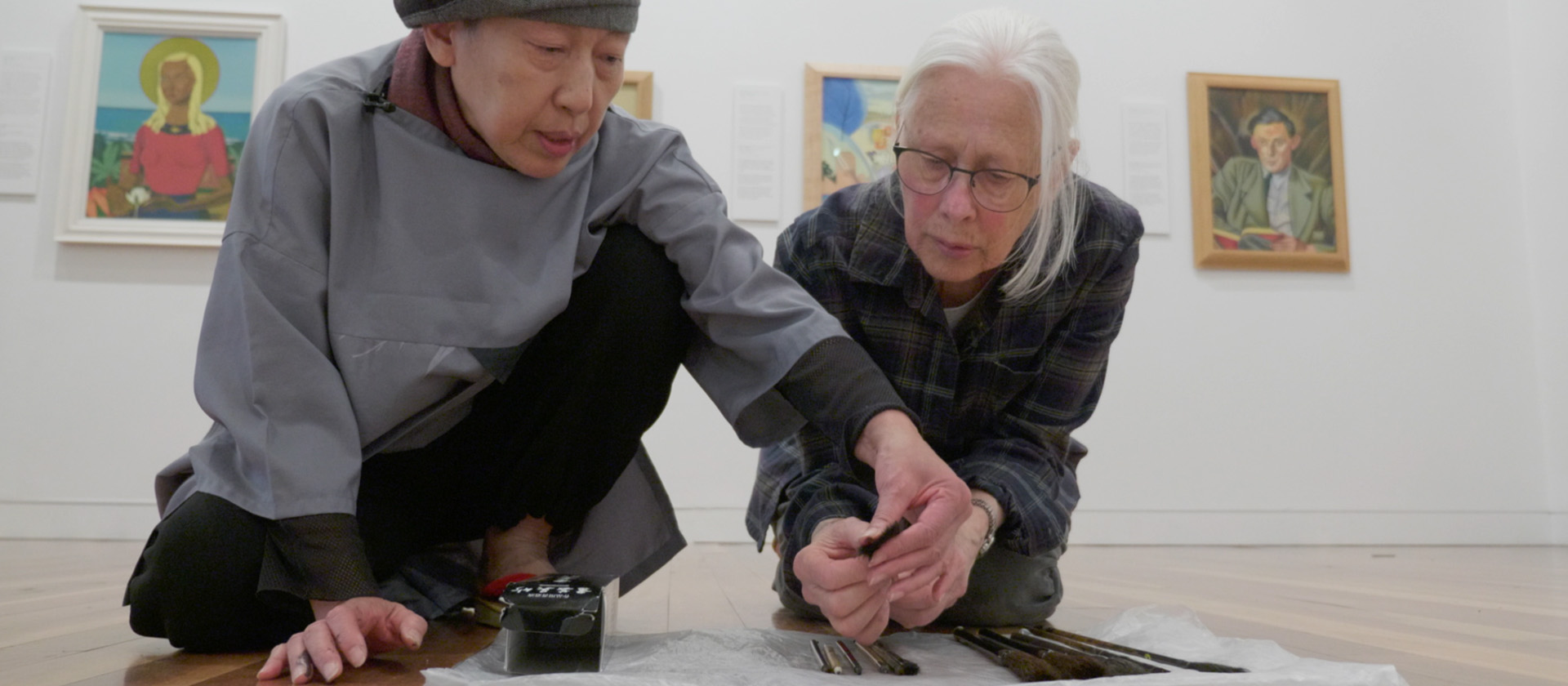
Of course, Grace is not just a film about Robin White’s philosophy, her singular dedication to peace and justice. Grace is also a film about the art itself.
White’s deep interest in the particularities of cultural art practices makes for fascinating viewing, with Preston herself making a handful of rare interjections to ask “what’s that?” about a specific Pacific dye or a Japanese printmaking technique.
As cinematographer too, Preston’s eye is a lesson in art appreciation—lingering on specific angles, moving slowly across surfaces, juxtaposing White’s commentary with unusual details to bring out new shades of meaning in the works. The texture and technique of White’s practice shines in close-up. Really, if you can see Grace: A Prayer for Peace on a big, big screen, you absolutely must do it.
“It was like being on a beach,” Preston said in an interview with The Post, “when you quite casually pick up a stone and you turn it over and it reveals treasure. You pick up another: more treasure and you find that your idea has landed in very rich territory. The more I found out about Robin’s work, particularly her later work, I felt like that.”
It’s a rare thing to have two official Dames work together. Rarer still for those two Dames to be two of Aotearoa’s greatest artists. Grace: A Prayer for Peace is truly something to cherish—not just a fascinating study of life and art but a beacon of steadfast hope and light in our troubled time.
